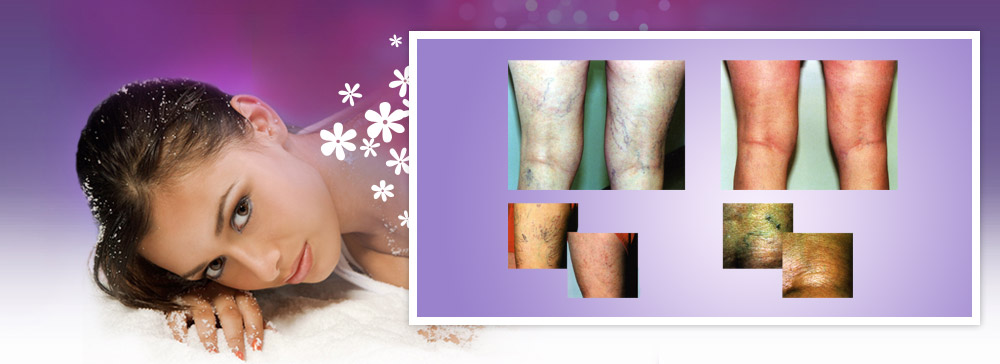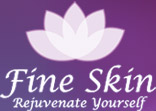
Spider Veins / Sclerotherapy
What is Sclerotherapy?
Sclerotherapy was developed over 75 years ago and is at present one of the most prevalent treatments for spider and varicose veins. During treatment, a sclerosing agent is injected into the vein through a tiny needle. Upon injection, the solution replaces the blood in the vein generating irritation and ultimately corrosion to the vessel walls. The body then starts a natural healing process and the vein begins to decompose, shrink, and eventually disappear. Depending on the number of veins being treated in any given session, treatment can last anywhere from 15 to 45 minutes.
What is treatment like?
The physician or practitioner will examine and review the vessels in question. A treatment strategy for eradicating the problem veins will then be decided upon. You may be asked to stand while the veins in question are marked and photographed. The sclerosing agent is then injected into the target veins. Discomfort is minimal and no anesthesia is required.
Who is candidate?
The physician or trained staff will determine if you are a candidate. During your consultation, a review of your medical history will be used to ascertain the cause and severity of your condition. Depending on the type of problem veins, a combination of different treatment modalities may be suggested.
How many treatments will it take?
Several treatments may be required to achieve the optimum result. In some cases, as few as two or three treatments will do.
What results will I see?
Improvement will be gradual and noticeable. Many patients experience between 60% and 80% of the treated vessels becoming resolved. During a consultation, you will be advised as to the required number of treatments needed to achieve your desired results.
What are the side effects?
In most cases, you will be able to immediately resume regular activities. However, excessive standing or vigorous activities are not advised for at least 24 to 48 hours. Following treatment, the affected veins may darken and the area may appear bruised. Support hose or a snug wrapping of the treated area may be recommended since applied pressure will help reduce side effects and aid in a more effective treatment and healing process. After the treatment of larger vessels, affected areas may appear pigmented but this is only temporary and will fade over time.




